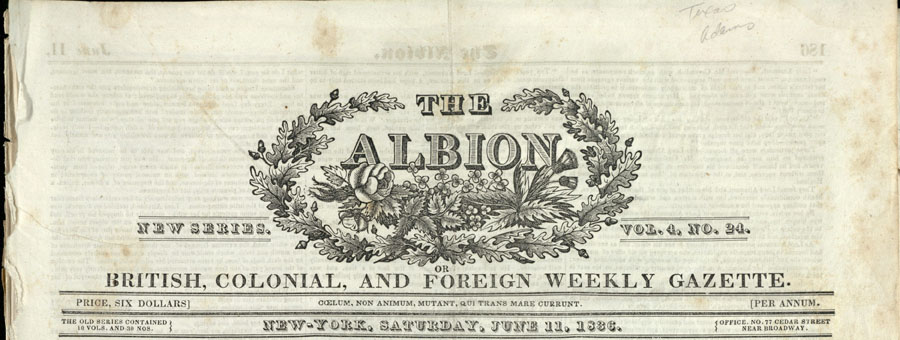By Paul Fisher, Processing Archivist
This is the first in a number of upcoming posts about the town of Independence, where Baylor University’s original campus was, and the connections between Independence and Baylor people and events.
Independence has always been connected with the history of the Republic of Texas. From the renaming of Coles Settlement to Independence, to Sam Houston living in Independence, there is no shortage of connections to historic early Texas people and events. One of these special events celebrated each year is San Jacinto Day.
This holiday, commemorating Sam Houston’s victory at the Battle of San Jacinto on April 21 against Santa Anna’s government, was a major holiday at Baylor at Independence. Multiple historical accounts preserved at The Texas Collection at Baylor University in Waco mention the annual festivities of San Jacinto Day at Independence.

One letter, written by Florence L. Davis Bledsoe, vividly describes an event that took place at Baylor University in Independence on San Jacinto Day in 1859:
One of the jubilees here is on the 21st of April, in commemoration of the battle of San Jacinto. We had “big doings” here on the 21st. General Houston was here and spoke to us. I like very much to hear him speak. He said there were but two things he now aspired to, one was to be an overseer of the roads, to see that they were in good order for he knew the ladies did not love to travel over rough roads. The other was to be Squire and see that the young ladies did not marry worthless vagabond fellows and that the young gentlemen did not marry slovenly careless girls.
Margaret Hall Hicks, also a Baylor student at Independence in the mid-1800s, describes the holiday in her unpublished book “Memories of Ancestors.”
An annual picnic on San Jacinto Day was a social event anticipated and prepared for months before the time. Each girl had made a date weeks before with some boy, generally her sweetheart, for the whole day together. If the boy was financially able, he hired a horse and buggy to take his lady love, and these were the envy of the other girls, who had to join in with others in hiring a hack or wagon and go in crowds.
Things have changed since the days students used buggys for transportation, but the excitement and fun of holidays and events on campus lives on in such events as Dia del Oso and Homecoming.
Works Cited: Keeth, Kent. “Looking Back at Baylor: a Collection of Historical Vignettes.” Waco: Baylor University, 1985; BU records: Baylor at Independence, Accession #BU/220, The Texas Collection, Baylor University; and Hicks-Hall-Harman family papers, Accession #1726, The Texas Collection, Baylor University.







